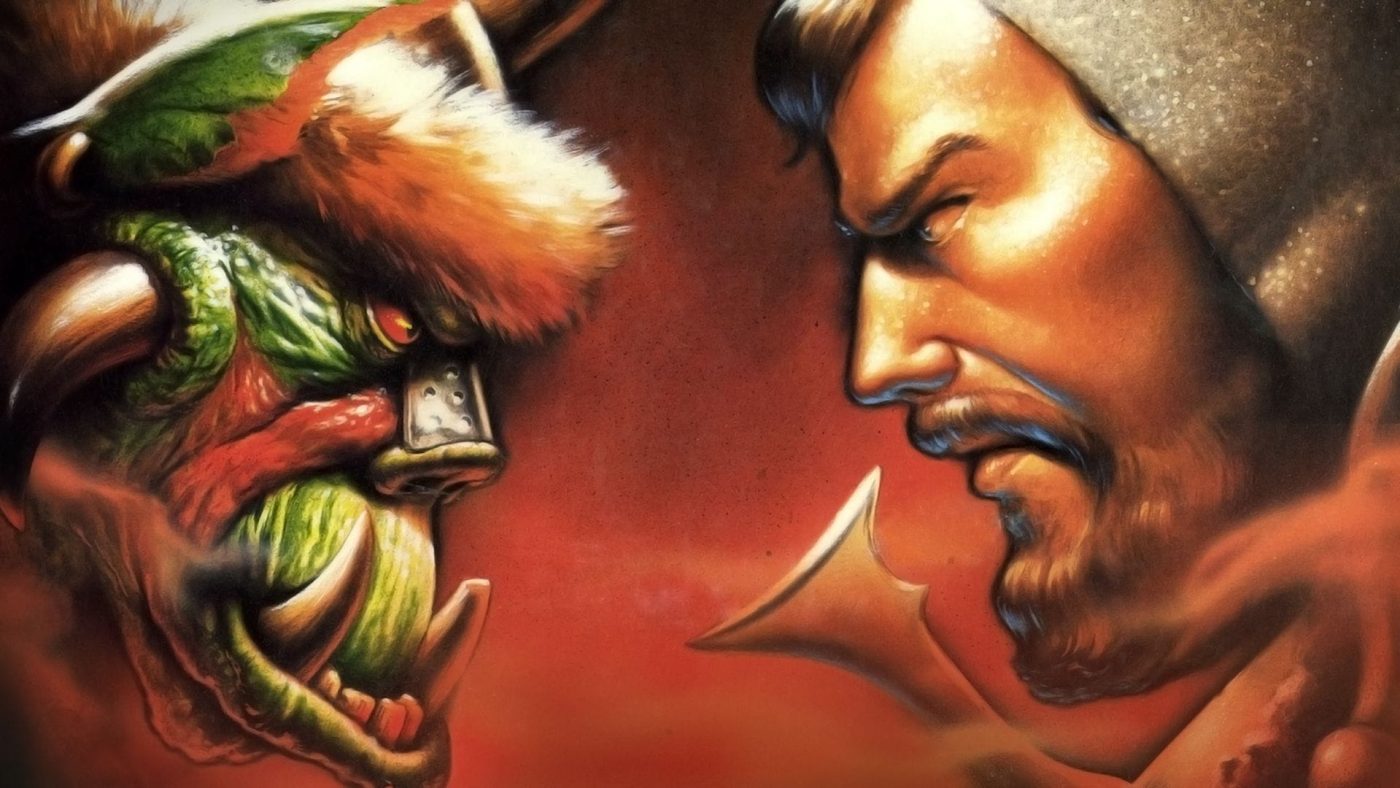Warcraft: Orcs & Humans, released in 1994 by Blizzard Entertainment, is often hailed as one of the foundational pillars of the real-time strategy genre. This landmark title introduced many players to the strategic complexities of warfare and set the stage for a vibrant series that would grow to include some of the most iconic games in history. While it was not the first RTS game, its impact and influence on the genre are undeniable.
Not the First, But Transformative
Before delving into Warcraft: Orcs & Humans, it is essential to recognize the landscape of strategy games that preceded it. Titles like Dune II (1992) by Westwood Studios are often credited as the true pioneers of the RTS genre. Dune II introduced many of the mechanics that would become staples in RTS games, such as resource gathering, base building, and unit management. These innovations laid the groundwork for future titles, including Warcraft.
Warcraft: Orcs & Humans took these concepts and refined them, adding layers of depth and narrative that were unprecedented. Its influence on the genre can be seen in how it streamlined and expanded upon the gameplay mechanics of its predecessors. For example, the game introduced a fog of war, requiring players to scout and explore their surroundings actively, adding a layer of strategic planning that was previously unexplored.
A Tale of Two Factions
At the heart of Warcraft: Orcs & Humans lies the epic conflict between the human inhabitants of the kingdom of Azeroth and the invading orcish Horde from the world of Draenor. This dichotomy provided players with two distinct perspectives and playstyles, each with its unique strengths and weaknesses.
The Humans, representing the noble defenders of their homeland, are characterized by their disciplined armies and advanced technology. Their story is one of unity and resilience in the face of overwhelming odds. The human campaign highlights themes of bravery, sacrifice, and the struggle to protect one’s home from a brutal and relentless enemy.
In contrast, the Orcs are portrayed as a savage and warlike race, driven by a desire for conquest and domination. Their backstory is rich with themes of survival and the brutal reality of a harsh world. The orcish campaign delves into the internal politics and power struggles within the Horde, revealing a society where strength and cunning are the keys to survival.
This duality not only enriched the narrative but also provided players with varied gameplay experiences. The Humans and Orcs had distinct units, buildings, and abilities, which required players to adapt their strategies depending on the faction they were controlling. This variety added significant replay value and helped cement the game’s reputation as a deep and engaging RTS.
Influence on the RTS Genre
The success of Warcraft: Orcs & Humans cannot be overstated. Its impact on the RTS genre was profound, setting a benchmark for future games. The game’s combination of strategic depth, engaging narrative, and innovative gameplay mechanics inspired a generation of developers and led to the creation of numerous iconic titles.
One of the most significant contributions of Warcraft was its emphasis on storytelling within the RTS framework. Prior strategy games often had minimal narrative elements, focusing primarily on gameplay. Warcraft, however, wove a rich tapestry of lore and character development into its missions, making players feel invested in the outcome of the conflict. This narrative-driven approach influenced later RTS games, including Blizzard’s own StarCraft and the Command & Conquer Series by Westwood Studios.
Furthermore, Warcraft: Orcs & Humans introduced the concept of multiplayer over a local network, allowing players to compete against each other in real-time. This innovation was a precursor to the competitive RTS scene, which would later explode in popularity with games like StarCraft and Warcraft III. The multiplayer aspect added a new dimension to the genre, encouraging players to hone their skills and strategies against human opponents.
Legacy and Conclusion
Looking back, Warcraft: Orcs & Humans is s a testament to Blizzard Entertainment’s vision and creativity. It was a game that took the budding RTS genre and pushed it to new heights, laying the groundwork for future classics. The game’s influence can still be felt today, not only in the continued success of the Warcraft series but also in the broader RTS genre.
The dual narrative of the noble Humans and the fierce Orcs provided a compelling framework that kept players engaged and eager for more. The innovative gameplay mechanics, from resource management to fog of war, set new standards for strategy games. And the introduction of multiplayer competition paved the way for the thriving esports scene that would follow.
Warcraft: Orcs & Humans was not the first RTS game, but its impact on the genre was transformative. It captured the imaginations of players and developers alike, establishing a legacy that endures to this day. As we reflect on this iconic title, it is clear that Warcraft: Orcs & Humans was a pivotal moment in gaming history, a game that shaped the future of real-time strategy and continues to inspire new generations of gamers.


